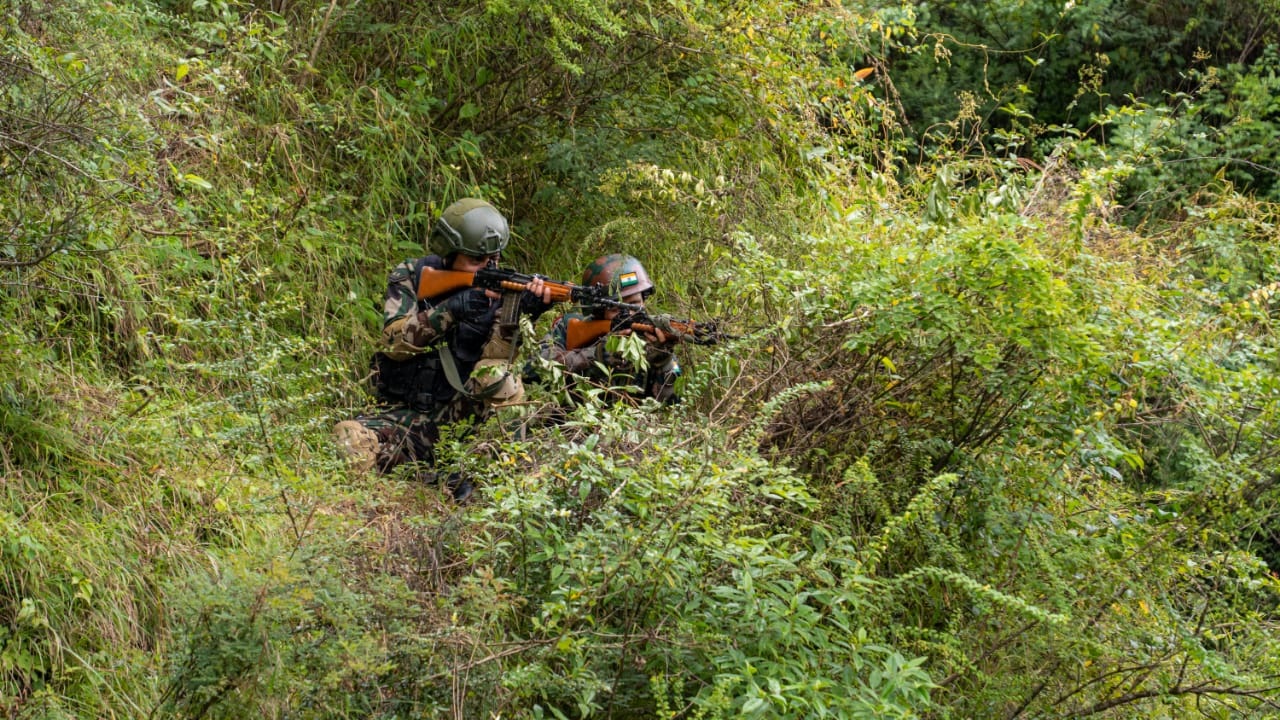


Seven civilians were killed by terrorists in Kashmir over three days recently. All except one belonged to minority communities. Soft targets and targeted killings is a return to the nineties. As life was slowly limping back towards normalcy over the last two years, this move has a double message for the people. The first is to re-instill fear in their minds, for the average citizen had started getting used to a comparatively peaceful life without much violence on the streets. Second is to throw a scare in the minds of Kashmiri Pandits and other minorities who may want to return or migrate to Kashmir. It has been one of the propaganda ploys by Pakistan and separatists that the purpose of dilution of Article 370 is to change the demography of the Valley.
This is not the first time. Terrorists and their masters in Islamabad have changed tactics a few times in the past as well. In fact, they must be grudgingly given credit for evolving with times. When the present trouble broke out in J&K, it was initially limited to the Kashmir valley. Pakistan sponsored terrorists infiltrated across the LoC to perpetrate violence and the rule of gun in the Valley. Over a period of next few years army increased its troop strength and deployed suitable weapons and equipment in anti-infiltration role. When it became increasingly difficult for terrorists to infiltrate, they shifted focus to South of Pir Panjal Ranges and started infiltrating from Poonch and Rajouri districts. Their ultimate aim, however, remained to reach the Valley for their nefarious activities. Over the next few years the counter terrorist grid became so strong that I recall over two thousand terrorists were eliminated by security forces in J&K in 2001.
With the ceasefire across LoC and creation of an anti-infiltration fence all along the LoC in 2003, there was a drastic drop in infiltration, and consequently in terrorist violence. Therefore they adopted a new tactic of stone pelting, inspired no doubt by the success of this tactic in Palestine Intifada, where the lesson learnt was that unarmed struggle found better acceptance in the western world, and the belief was not unfounded. In the middle of the last decade, stone pelting was used as a force multiplier by the locals at the very time when security forces conducted counter terrorist operations. Security forces were forced to be cautious and at times it even helped terrorists to escape.
The security situation was brought firmly under control in the last decade that resulted in a drastic reduction in the number of residual terrorists in the valley from thousands to a couple of hundred. The new recruits were poorly trained as they were unable to exfiltrate to POK for training. Therefore, to offset this, the other side started using social media proactively as a force multiplier. Earlier, whenever young boys waved black flags or Pakistan flags in protests, they invariably covered their faces. In another change of tactics, in 2015 Burhan Wani and his friends caught everyone’s imagination by posting their pictures holding weapons on Facebook.
They made adroit use of social media was made to create a Robin Hood kind of image for him. Social media enablers were also used to mobilise crowds for stone pelting during and after security forces operations against terrorists. Social media also became the primary means of radicalization.
The latest entrant in this changing face of terrorism in Kashmir is the hybrid terrorist. This poses a bigger challenge for the security forces, as the terrorist is a part of the society overtly. Thus, there is a need to involve the civil society in a more meaningful way. Whether it was Mizoram or Punjab, the terrorist menace was surmounted only with the support of the local populace. The common man in Kashmir is also fed up with violence. It is time to put all instruments in play to get the saner part of the society to come forward to help themselves.
Similarly, the successful drive by NIA to target the fund flow of those who instigate violence, the over ground workers and other middle level managers is paying good dividends. Whenever the time is right, the details should be exposed to the public, whom they exploit.
Finally, sprucing up the synergy between different security forces, the Army and the intelligence agencies will always pay good dividends. However, the role of intelligence is more important than ever before. All stops must be pulled out and full use of technical enablers should be made to collate real time intelligence. We must use our good relations with the US to insist on intelligence sharing, as they have access to the best.
A disclaimer is pertinent here. We have discussed only the changing tactics of terrorists from the security point of view. Tackling terrorism, on the other hand is different and a larger issue. It will require a whole of government approach. The political and economic aspirations of the people will have to be addressed and a lot is being done in this regard. We must create hope in the minds of Kashmiri people, and do whatever it takes to live up to it.
(Lt General Satish Dua is a former Corps Commander in Kashmir, who retired as Chief of Integrated Defence Staff.)
[Disclaimer: The opinions, beliefs, and views expressed by the various authors and forum participants on this website are personal.]